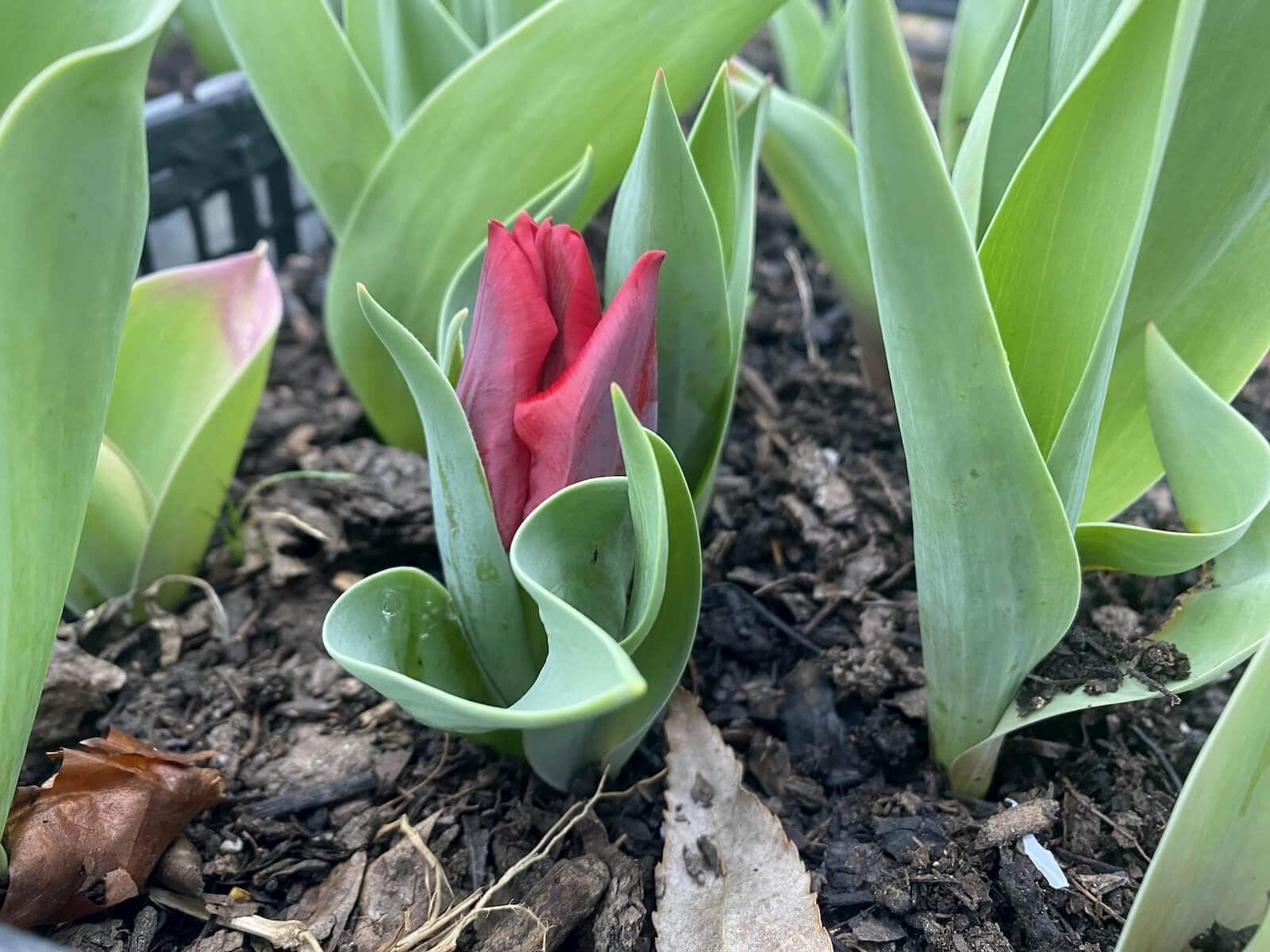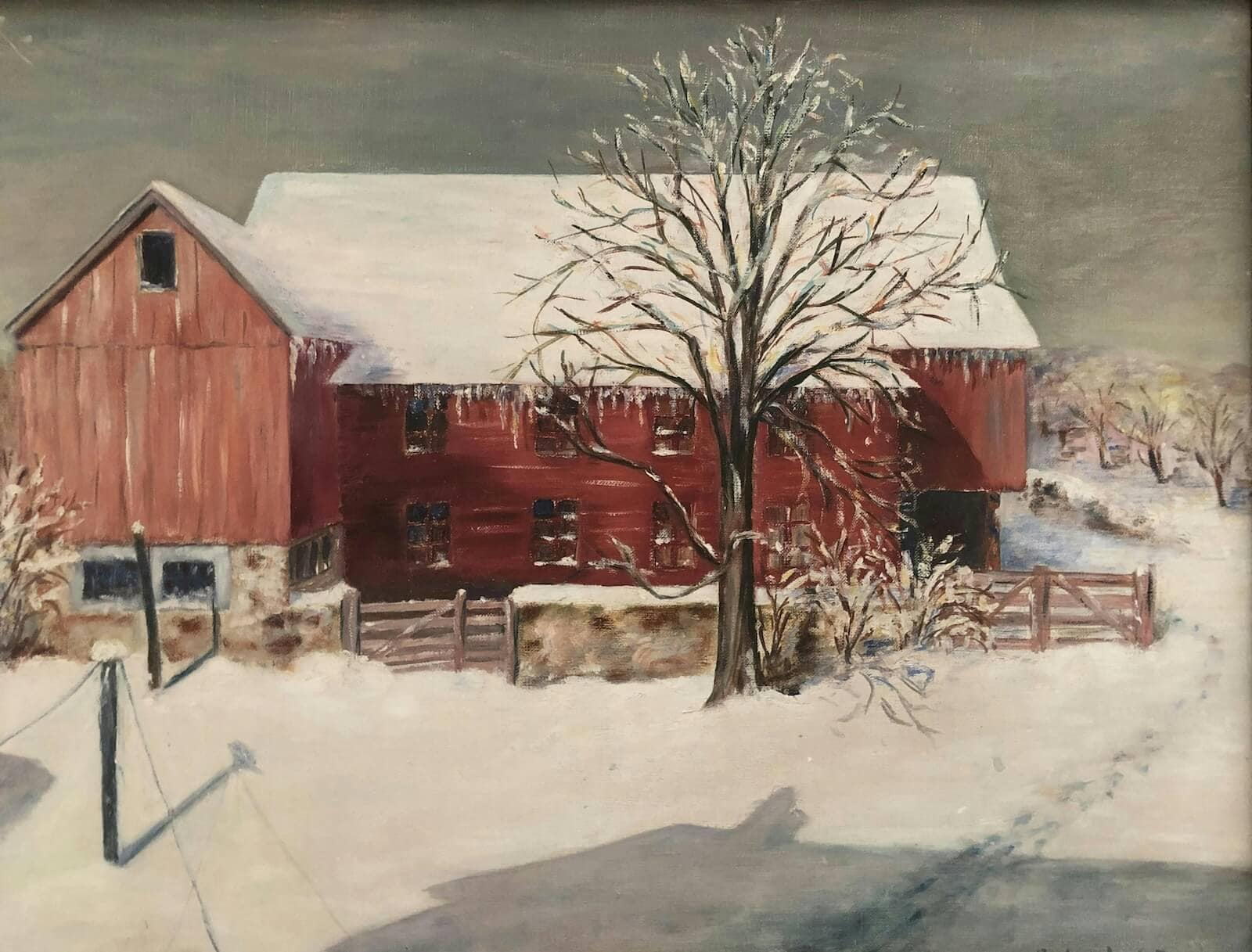This post may contain affiliate links. Probably doesn’t, but it might. It doesn’t cost you anything extra but if you use these links to buy something, we may earn a commission.
This post may contain affiliate links. It doesn’t cost you anything extra but if you use these links to buy something, we may earn a commission.
Kohlrabi…what? I was introduced to this alien looking vegetable about 20 years ago. I had to think long and hard about (1) whether I wanted to grow it, and (2) if anyone would want to buy it and eat it if I did. But flying saucers are popular, right?
And then I started eating it. This is one tasty vegetable! Stir fry, sauteed, raw. The first time I made kohlrabi slaw, I devoured a lot of it. A lot. Ok, this was worth adding to the growing repertoire. But I recognize that most people are still unfamiliar with kohlrabi, so we don’t have it all the time and we don’t put it in shares frequently.
Let me introduce you to kohlrabi. It is a German word, meaning “cabbage turnip.” It is in the cabbage family, but kind of looks like a turnip. But it is not related to turnips and tastes nothing like turnips. The round part is actually the stem of the plant, and the leaves are edible as well.
As you might guess from the name, kohlrabi is popular in German speaking countries, but it is also grown in Vietnam (su hao), India (nol khol), and Bangladesh (ol kopi), as well as Slovakia, Romania, Hungary, Kashmir, and the Czech Republic. And many other countries!
Kohlrabi first appears in history with a mention by an Italian botanist in 1554… and it has not changed since then! There are red and green varieties, but the red is for the skin and stems of the leaves only. Still pale yellow inside.
How to use kohlrabi
Kohlrabi is part of the cabbage family—cabbage, broccoli, collards, kale, brussels. The taste and texture are similar to a young broccoli stem or cabbage heart, but generally milder and sweeter. The skin of the kohlrabi does not soften much in cooking, so it is generally cut off.
The leaves you can use as you would kale or collard greens (cousins to kohlrabi).
Kohlrabi is great raw in salads or slaws. In Cyprus, a popular method of serving is to sprinkle slices with salt and lemon and to serve as an appetizer.
Kohlrabi is a cold-hardy vegetable, and the flavor improves with the cold. Although it is in the cabbage family, it is not as susceptible to cabbage beetles as some of the other brassicas. It has a long, single root, which is cut off when kohlrabi is harvested. If you want to keep kohlrabi for a while, cut the leaves off, cook as desired, and store kohlrabi in the refrigerator for two to three months. It is a great storage vegetable!
This is a great potato substitute in soups.
Very nutritious, kohlrabi is high in vitamins C and B6, as well as potassium, manganese, and fiber. Kohlrabi is a great addition to any diet that focusses on fresh vegetables. No fat, no sugar, good fiber, and best of all, kohlrabi is delicious!
How to peel kohlrabi
If you grow kohlrabi, it’s important to be patient and let the stem expand to a full size. About 3” in diameter is a good size. You will see them anywhere from 2-6 inches. When it is cold, the plants can sit in the field and wait for you to harvest.
Once you harvest, you want to use the fresh leaves within a few days. The bulbs will keep in cold storage for several months, and the bulbs maintain better texture without the leaves. So cut the leaves off and use them as you would collard greens. You can then use your kohlrabi whenever you want.
Growing kohlrabi
If you grow kohlrabi, it’s important to be patient and let the stem expand to a full size. About 3” in diameter is a good size. You will see them anywhere from 2-6 inches. When it is cold, the plants can sit in the field and wait for you to harvest.
Once you harvest, you want to use the fresh leaves within a few days. The bulbs will keep in cold storage for several months, and the bulbs maintain better texture without the leaves. So cut the leaves off and use them as you would collard greens. You can then use your kohlrabi whenever you want.
Be brave and try this vegetable! It is an excellent addition to your food repertoire.
If this has been helpful, check out our courses. Growing something in the garden is good for you! We share how we grow on the farm in these courses.
Sign up for our weekly email for insider notes on fruits and vegetables, flowers, and farming.





